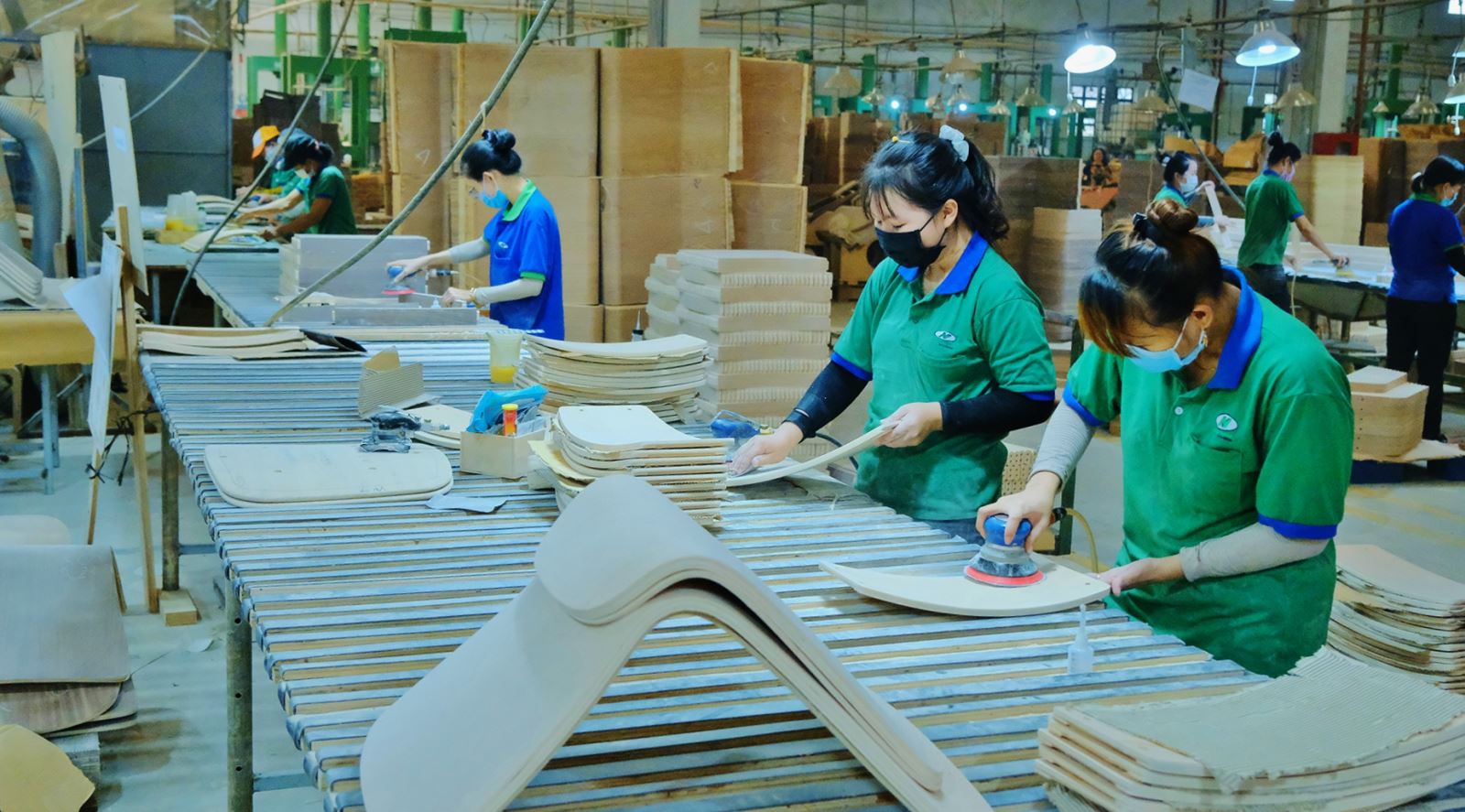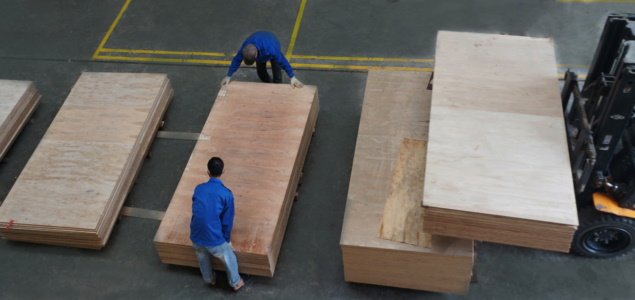The wood processing and export industry has faced many difficulties since the end of 2022. Export turnover has continuously declined because of foreign inventories, consumers have cut spending on non-essential goods. Wood processing enterprises do not have new orders.
In addition, the markets have the features of Vietnam’s import standards, causing wood exporters to find a way to overcome difficulties in the last months of 2023.
Consumers tighten their belts
As non-essential items, deep-processed wood products are no longer the preferred choice of world consumers. In the past 6 months, the world market fluctuations strongly affected all industries. Economic experts estimate that inflation, economic recession, fluctuations in fuel prices, no increase in income sources, etc. have caused consumers in many countries to implement austerity spending plans. .
Most consumers only spend on essential and cheap food to maintain a stable standard of living and overcome difficult times due to reduced income and rising prices in these markets. Therefore, intensively processed wood products such as interior decorations, bedroom decorations, and office supplies are considered by consumers and reused old items.
According to statistics of the Ministry of Agriculture and Rural Development, Vietnamese wooden products have been present in the markets of more than 140 countries and territories. This impressive figure has helped Vietnam rank 5th in the world, 2nd in Asia and 1st in Southeast Asia in terms of export turnover of wood and wood products; 6% market share of global wood products. In the wood processing and export industry, there are more than 5,400 enterprises investing in the production and processing of wooden furniture.
According to Mr. Do Xuan Lap, Chairman of the Vietnam Timber and Forest Products Association, in addition to the reduction in consumption and use of wood products by consumers, the importing national authorities also have many policies. new books cause difficulties for wood processing and export enterprises.
For example, from mid-May 2023, the US authorities investigated anti-dumping and anti-subsidy tax evasion on Chinese quartz stone products because of suspicions of transshipment to Vietnam, assembly. into wooden furniture, especially wooden cabinets, then exported to the US to avoid anti-dumping tax/CTC. Therefore, wood processing and exporting enterprises must carefully consider and add many stages of traceability for wood products to this market.
Particularly, wood processing enterprises also have to struggle with fluctuations in consumption and have to find ways to cope with the immediate situation. Mr. Tran Thanh Son, Chairman of Trade Union, Mai Song Ngoc One Member Company Limited (Ho Chi Minh City) shared that customers are now very afraid of inventory, especially the inventory of deep-processed wood products, furniture, etc. … This causes orders to decrease since the end of 2022 until now, orders from several thousand products, now only in hundreds. The company is no longer “picky to choose soup” as before.
In order to always have orders, business owners actively find old “customers”, accepting customers that they once rejected. In addition, the company also accepts orders that are difficult to process at low prices. That is the solution that wood processing enterprises offer to find and utilize each order to maintain production activities.
Towards specific wood products
Although wood exports fell sharply in the first half of 2023, in products, there were still growth groups. For example, fiberboard products have an export turnover of more than 31.7 million USD to India, up 3 times compared to the same period in 2022. With woodchips, the first half of 2023 will have more export turnover. 1 billion USD, up 3% over the same period in 2022. China and Japan are still the two main markets for woodchips exported from Vietnam; in which, exports to China account for over 70%, said Ms. Cao Thi Cam, representative of the Vietnam Timber and Forest Products Association.
The Vietnam Wood and Forest Products Association also said that it is expected that in the near future, the demand for pellets in the Korean market will increase again with a consumption of 100,000 tons/month. In Japan, Vietnamese enterprises have signed long-term contracts of 2-3 years to supply tablets. It can be seen that the two major import markets of Vietnam’s tablets, South Korea and Japan, (accounting for 98% of the total volume) are showing good signals.
And the European market gradually stabilized after the fever of energy supplies, including biomass fuel. However, with strong commitments to reduce emissions and increase the use of bioenergy, pellet exports will recover in both price and volume from the last months of 2023. This is a good sign for the wood industry. Vietnam. Along with that, many businesses also find separate ways to find new customers for the next phase of the wood industry to cope with current difficulties.
Mr. Patrick Mui, Managing Director of Centdegrés Vietnam, assessed that furniture entering the European market, where the decorative segment is considered a niche market, is expected to grow 4.27% per year for the period 2023-2026. , by 2026 could reach 7.05 billion USD. With the more indigenous and unique interior decoration products, the more Vietnamese small and medium enterprises have more niche markets, which will target certain customers in the European market.
Mr. Tran Anh Vu, Vice Chairman of Binh Duong Woodworking Association (BIFA), said that along with finding product lines for niche markets, businesses are also gradually becoming more active in searching for products. New orders. Many businesses have boldly restructured factories, cut unnecessary costs and improve productivity. From there, factories can offer products at more competitive prices to increase their ability to attract and receive more orders from old customers.





